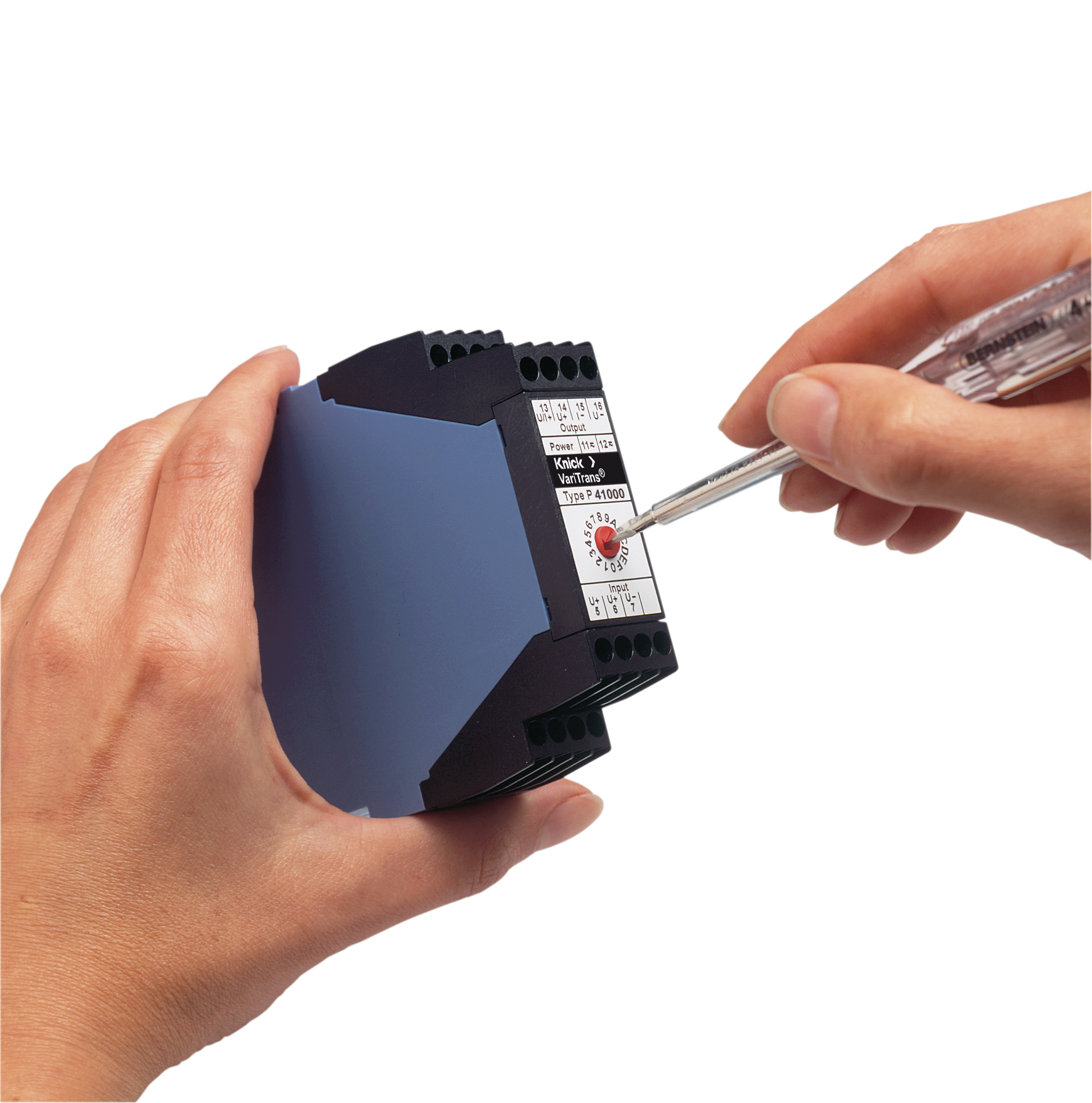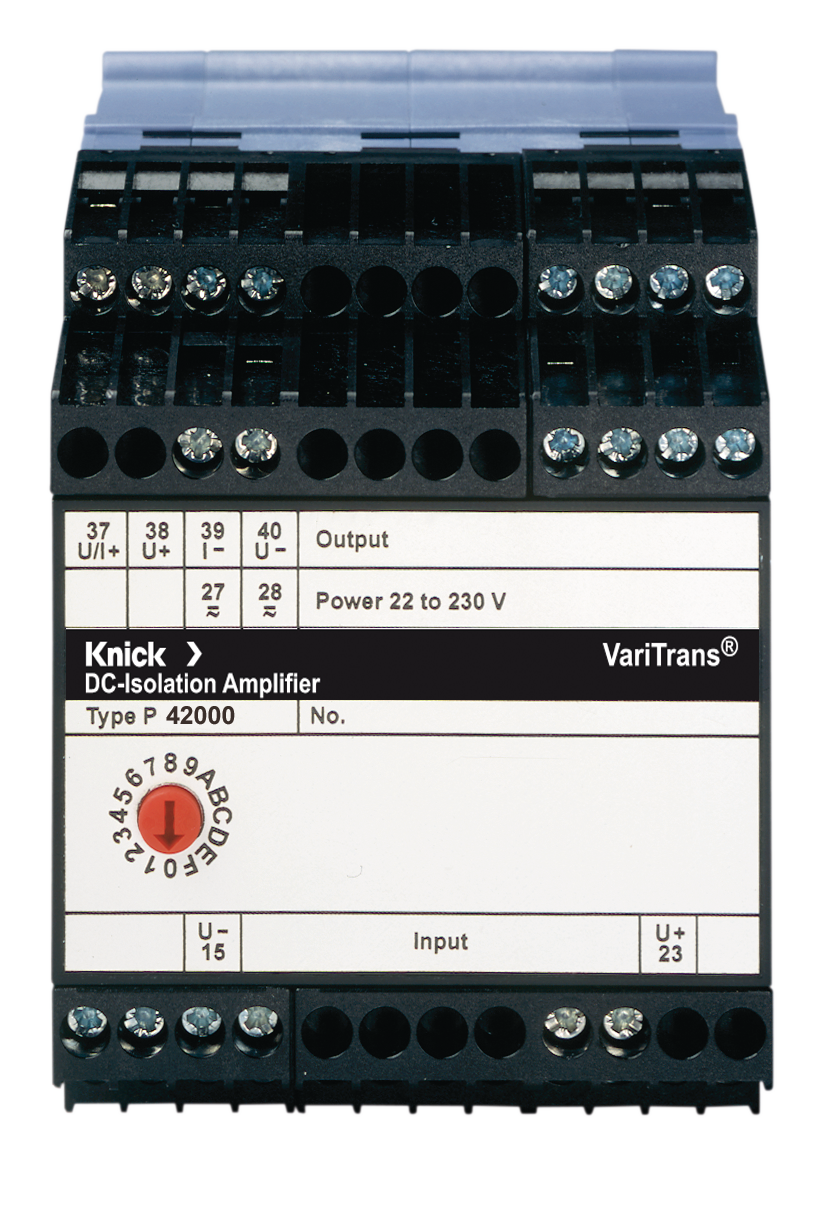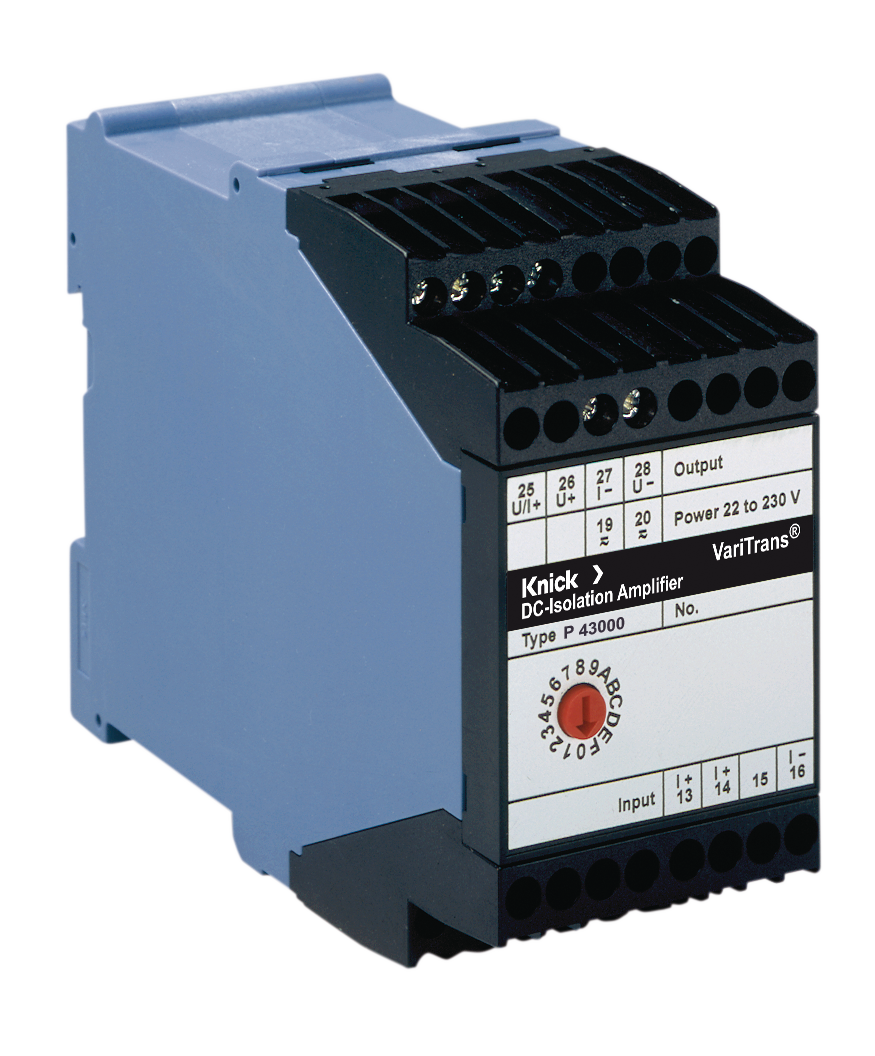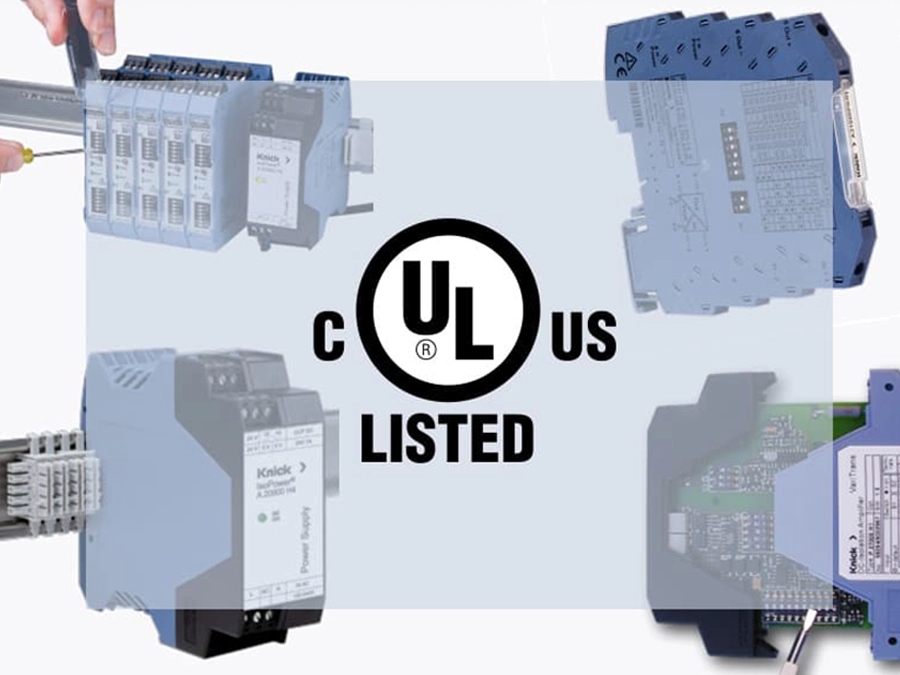P51000 High Voltage Transducer | Input up to ±125 V | Current measurement | Energy metering
Description
High Voltage transducer for current measurement with shunt resistor in systems up to 4800 V
- Overload-protected current measurement via shunt resistor from amps to kiloamps with up to 10 switchable calibrated ranges
- Short circuit recognition
- Monitoring and control of traction motors and converters
- Rated isolation voltage up to 4800 V AC/DC
- Housing offers protection against contact and pollution for added safety
- Circuit monitoring with self-diagnostics
- Selectable input ranges and floating standard signal outputs for flexible, easy system integration
- Integrated broad-range power supply
- Resistant in tough conditions: extreme temperatures, shock, vibration and harsh EMC environments
Maximum flexibility is achieved through a new housing concept — specifically designed for rolling stock. With integrated broadrange power supply and a unique combination of safety functions.
Electric as well as diesel-electric locomotives and multiple units (EMU/DEMU) require multifold monitoring and control of electric energy. Voltage and current sensors used for this purpose need to meet the special demands posed by railway operations.
Of particular concern are fire and smoke protection, electrical safety, as well as robustness towards extreme environmental conditions, mechanical stress and EMI influences.
The P50000 transducer series was specifically designed for applications on locomotives and multiple units for short circuit recognition, monitoring and control of traction motors and converters, auxiliary converters, accumulator batteries and others. A brand new feature is the flexibility provided by switchable measuring ranges and an integrated broad-range power supply.
Comprehensive certifications and conformity with railway standards make the devices the ideal choice for railway applications.
We look forward to hearing from you!
Contact Us
| Function: | Current measurement via shunt resistor on high potential |
|---|---|
| Input: | 0 ... (±)30 mV up to 0 ... (±)100 V |
| Output: | 0 ... (±)5 V, 0 ... (±)10 V, 0 ... (±)20 mA, 4 ... 20 mA |
| Isolation AC/DC: | up to 4,800 V |
| Test Voltage: | 12/18 kV AC |
| Power Supply: | 24 ... 230 V AC/DC |
| Cutoff Frequency: | Switchable cutoff frequency 14 kHz (P51x00) and 10 Hz, other cutoff frequency on request |
| Ambient operating temperature: | –40 ... 85 °C |
| Dimensions (W x L x H): | 72.5 x 182 x 116 mm |
| Special features: | Diagnostics of input/output circuits and device function, For use on rolling stock (EN 50155), Highly accurate version available for energy measurement on board trains (EN 50463) |
| Standards: | EN 45545-2, EN 50121, EN 50155:2021, EN 50463, EN 61373, UL 347 |
| Product Category: | High Voltage Transducer |











